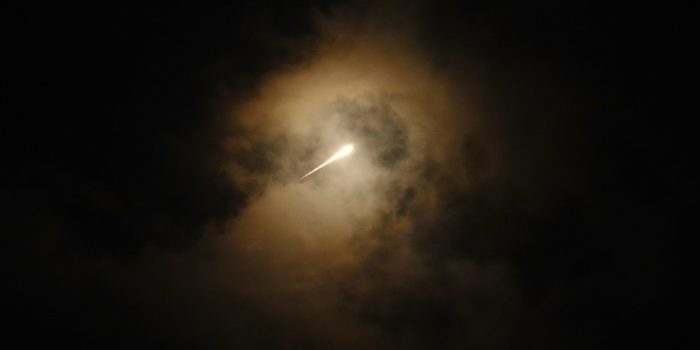(Ken Silva, Headline USA) The Wall Street Journal reported Tuesday that the U.S. is running low on air-defense missiles because the Biden-Harris administration is giving them to Israel, Ukraine and other “allies.”
“Interceptors are fast becoming the most sought-after ordnance during the widening crisis in the Middle East, as Israel and other U.S. allies face an increasing threat from missiles and drones fired by Iran and the militias it supports,” WSJ reported.
“The shortfall could become even more urgent after Israel’s Friday night strikes on Iran, which U.S. officials fear might spark another wave of attacks by Tehran.”
According to WSJ, the U.S. has launched more than 100 “Standard Missiles” at a price tag of some $1.8 billion since Hamas’s attack on Israel last October.
In the most recent Iranian strikes, the U.S. and Israel even “let through some of the 180 Iranian missiles that they knew wouldn’t strike valuable sites to preserve its stock of interceptors,” WSJ reported Tuesday.
Military contractor RTX, which produces the Standard Missiles, can reportedly make several hundred of them per year. But many of those go to 14 other allies, WSJ reported.
Navy Secretary Carlos Del Toro has called for an increased production in Standard Missiles. However, “Increasing production of weapons has proved difficult for the Pentagon, since it often requires that companies open new production lines, expand facilities and hire additional workers,” WSJ noted in its Tuesday report.
“Companies are often reluctant to invest in that expansion without knowing that the Pentagon is committing to buying at increased levels over the long term.”
Officials are now warning that the U.S. won’t be able to counter Chinese influence in the Pacific if it keeps depleting its munitions.
“We’re spending a year’s worth of Standard Missiles—those are standard missiles that are supposed to be part of rearming ourselves for China,” Mark Montgomery, a retired rear admiral and now a senior director at the Foundation for Defense of Democracies, told WSJ.
“So, 100%, we have, once again in the Middle East, set back Navy readiness to execute operations in the Pacific.”
Meanwhile, the Middle East conflict has expanded to include at least 16 countries: Israel, Iran, the U.S., the UK, Syria, Yemen, Iraq, Jordan, Saudi Arabia, Bahrain, Kuwait, the United Arab Emirates, Qatar, Oman, Djibouti and Lebanon.
Ken Silva is a staff writer at Headline USA. Follow him at x.com/jd_cashless.

